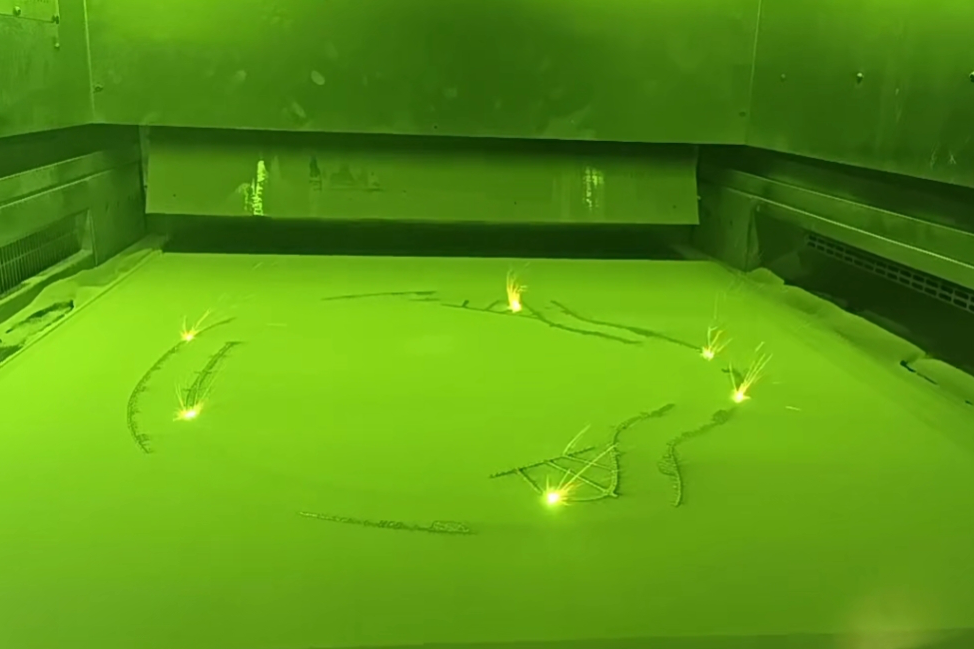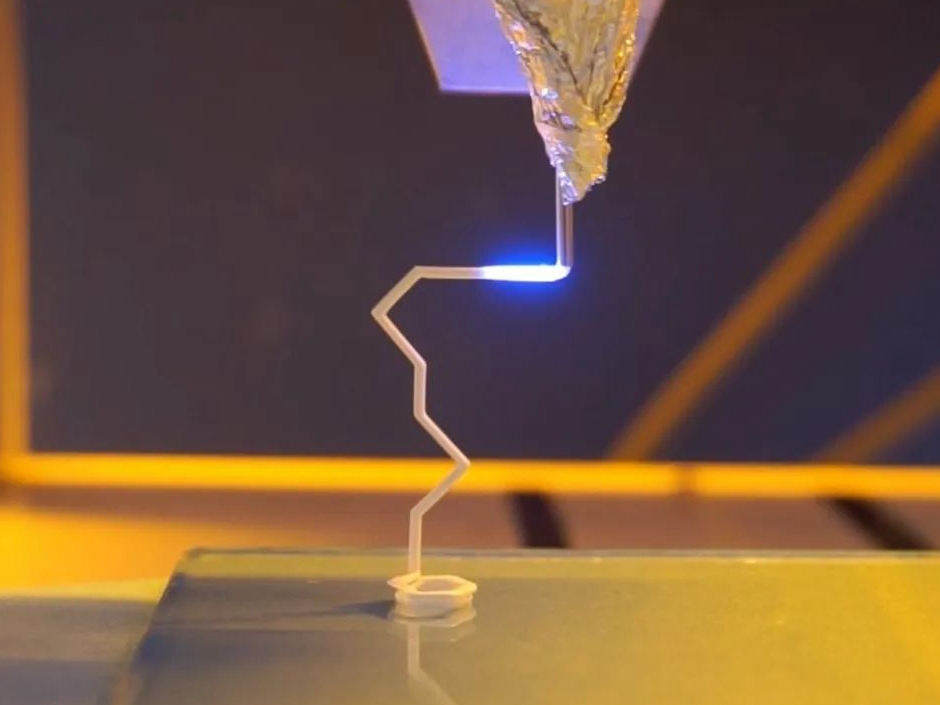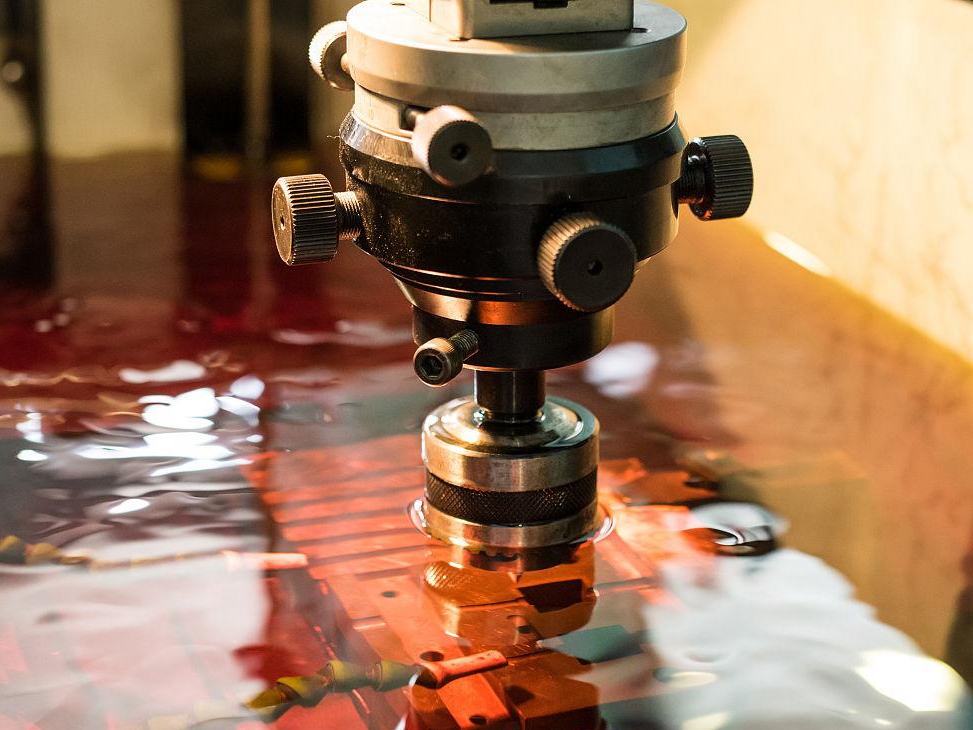Lithium Disilicate
Lithium Disilicate is a high-strength glass-ceramic known for its excellent translucency, fracture resistance, and chemical stability. It is widely used in dental restorations such as crowns, veneers, and inlays due to its natural appearance and biocompatibility.
Through advanced ceramic 3D printing, lithium disilicate parts can be fabricated with unmatched aesthetic accuracy, complex internal structures, and minimal material waste. Additive manufacturing enables chairside customization and faster delivery for dental labs and clinics.
Lithium Disilicate Similar Grades Table
Brand / Grade | Composition | Typical Applications |
|---|---|---|
IPS e.max CAD | Li₂Si₂O₅ glass-ceramic | Dental crowns, bridges, veneers |
Celtra Duo | Zirconia-reinforced lithium silicate | Inlays, onlays, cosmetic dentistry |
Suprinity | High-strength glass ceramic | Monolithic dental prosthetics |
Lithium Disilicate Comprehensive Properties Table
Category | Property | Value |
|---|---|---|
Physical Properties | Density | 2.40–2.50 g/cm³ |
Crystallization Temp. | ~850–900°C | |
Thermal Conductivity | 1.7–2.0 W/(m·K) | |
Translucency (optical) | High | |
Mechanical Properties | Flexural Strength | 360–450 MPa |
Fracture Toughness (K₁C) | 2.5–3.0 MPa·m½ | |
Hardness (Vickers) | ~600 HV | |
Elastic Modulus | ~95 GPa |
3D Printing Technology of Lithium Disilicate
Lithium disilicate is typically printed using Vat Photopolymerization (VPP) technologies such as stereolithography (SLA) or digital light processing (DLP), followed by debinding and high-temperature crystallization.
Applicable Process Table
Technology | Precision | Surface Quality | Mechanical Properties | Application Suitability |
|---|---|---|---|---|
SLA / DLP | ±0.05–0.2 mm | Excellent | Very Good | Dental crowns, inlays, aesthetic parts |
Lithium Disilicate 3D Printing Process Selection Principles
VPP (SLA/DLP) offers unmatched surface smoothness and feature detail for dental prosthetics and thin-walled restorations. Layer thicknesses of 25–50 µm and dimensional accuracy within ±50 µm are achievable.
Post-processing includes sintering/crystallization at 850–900°C to induce lithium disilicate phase development, ensuring mechanical strength and translucency.
Lithium Disilicate 3D Printing Key Challenges and Solutions
Shrinkage during crystallization (approx. 20%) must be accounted for in CAD design and slicing parameters. Sintering schedules must be optimized to prevent microcracking and maintain optical clarity.
Moisture sensitivity of green parts requires low-humidity handling environments (RH < 40%) to ensure shape retention before firing.
Surface quality and translucency can be enhanced via post-crystallization polishing, achieving final surface finishes Ra < 0.5 µm.
Matching shade and translucency with patient-specific cases requires high-fidelity printing and calibrated thermal treatment.
Industry Application Scenarios and Cases
Lithium disilicate 3D printing is used in:
Dentistry: Crowns, veneers, inlays, onlays, implant abutments.
Medical Devices: Transparent ceramic tools and bioinert dental fixtures.
Consumer Health: Custom cosmetic and orthodontic components.
In a dental lab case, DLP-printed lithium disilicate crowns delivered full-arch restorations with ±30 µm margin fit accuracy and required 60% less time than traditional press or mill workflows, while matching IPS e.max CAD in aesthetic quality.
FAQs
What makes Lithium Disilicate ideal for 3D printed dental crowns and veneers?
How does 3D printing compare to milling for Lithium Disilicate restorations?
What post-processing is required after printing Lithium Disilicate parts?
Can Lithium Disilicate be used for full-arch restorations using additive manufacturing?
What are the limitations of using 3D printed Lithium Disilicate in dental applications?



